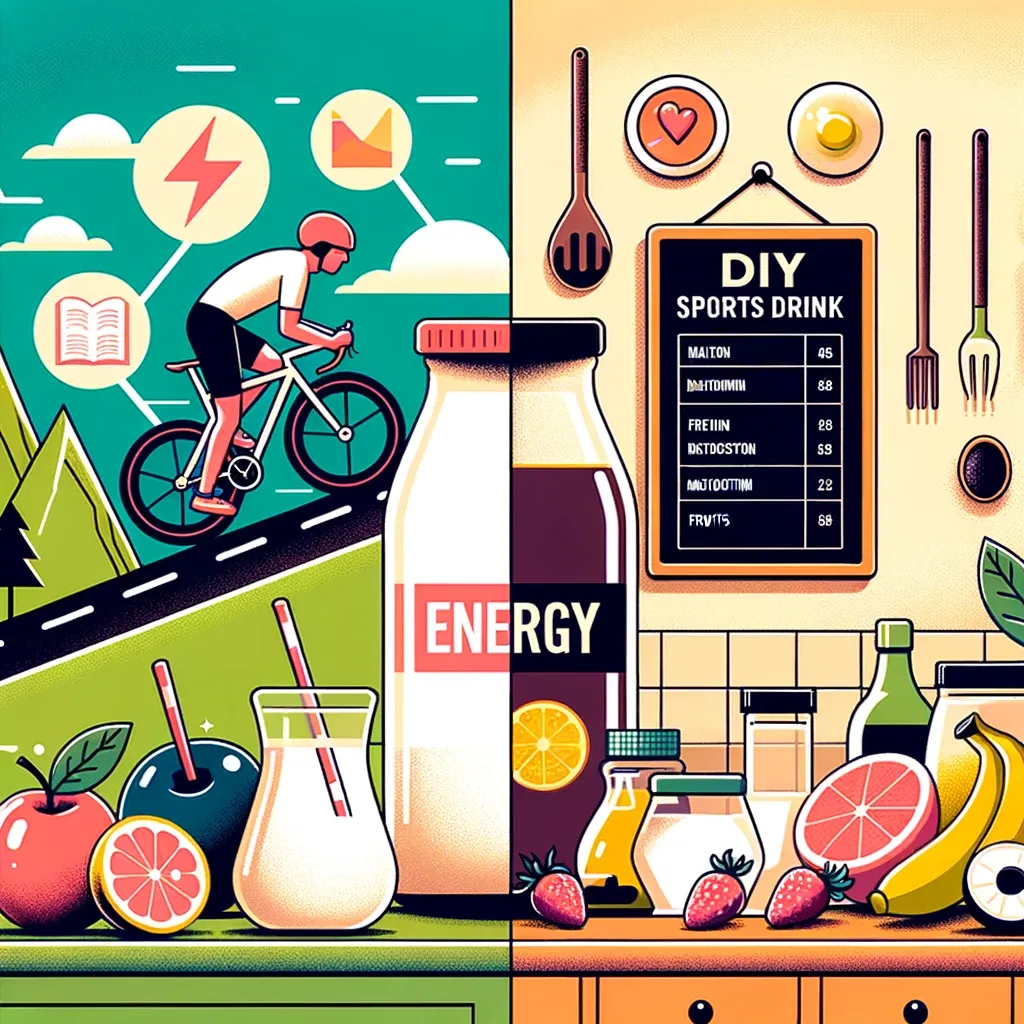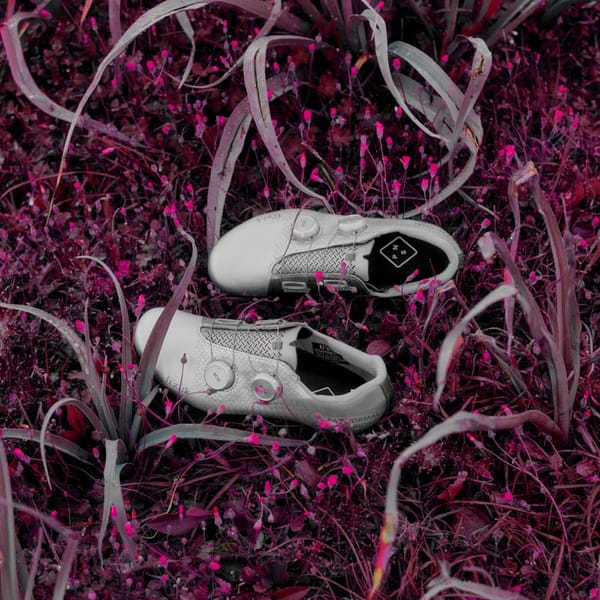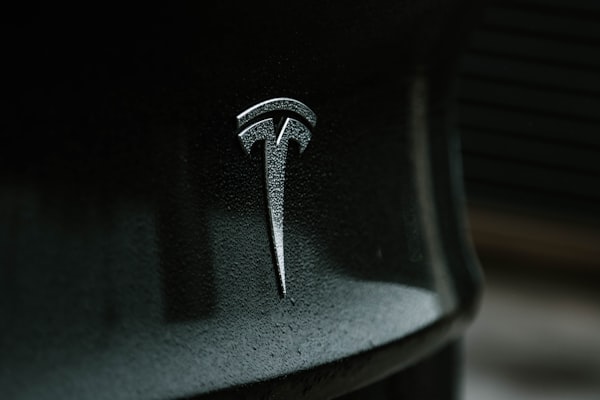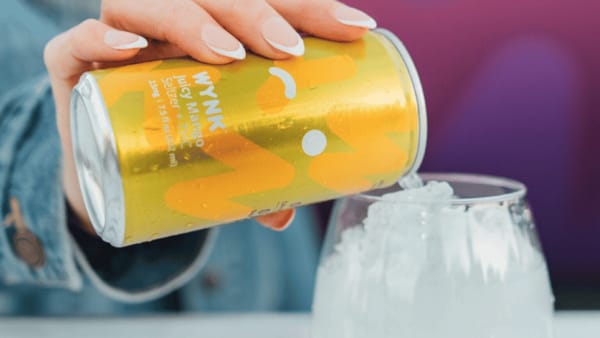The Role of Maltodextrin in Cycling Nutrition: Guidelines, Benefits, and DIY Sports Drink Recipe

Navigating the nitty-gritty of carb-loading can feel like tackling a hill with a headwind – a lot of factors at play and no one-size-fits-all answer. Your carb intake, especially from a source like maltodextrin, is a nuanced game, intertwined with various personal and environmental variables such as your fitness level, weight, how hard you’re pushing on the pedals, and even the whims of the weather.
Now, while diving deep into the science of carbohydrate intake matched to your VO2 max and other physiological metrics sounds like a thrilling ride (not!), a simpler approach might just do the trick. A rough guide that cyclists can follow is aiming for about 1 gram of maltodextrin per kilogram of body weight per hour of cycling. This guideline roots from the broader carbohydrate intake suggestion of ~1 gram of glucose per kilogram of body weight per hour, or extending it to 1.3 – 1.8 grams of glucose+fructose per kilogram per hour for those intense gravel grinding sessions.
Darting into the maltodextrin specifics, a 100-gram serving is predominantly higher polysaccharides (~86.5%), with smaller amounts of monosaccharides, disaccharides, and trisaccharides, each contributing ~4.5%. This structure allows for a rapid yet sustained release of energy, keeping those pedals spinning with vigor.
In the saddle, you might not have the time (nor the desire) to play the numbers game to perfection. And that’s okay! The suggested 1 gram of maltodextrin per kg per hour is a handy starting point. From there, tuning into how your body feels can guide your fueling strategy. Are you feeling the bonk or sailing smooth through your ride? Adjusting your maltodextrin intake based on your ride’s intensity and your body’s cues could be your easy route to nailing your carb game.
Whether you’re a data-driven cyclist with a penchant for precision or more of a freewheeler when it comes to fueling, understanding the role of maltodextrin and having a basic guideline to follow might just save you from hitting the wall. So, toss in some maltodextrin in your water bottle, hit the trails, and find what works for your wheels. 🚴♀️
As a passionate cyclist, embarking on those long, exhilarating rides was a dream come true. However, the reality of nutrition hit hard, especially during the 200km+ journeys where the body screams for fuel, but the thought of solid food sends shivers down the spine. It was during a randonneuring brevet that a seasoned rider introduced me to the game-changing substance – maltodextrin. This white powder soon became my gateway into the fascinating world of sports nutrition. Here’s a consolidated gist of my winter-long exploration into crafting the perfect homemade sports drink, catering to the unique needs of endurance athletes.
Tailoring Carbohydrate Intake: How Much is Enough?
The old school of thought capped the carb intake at 60g per hour during rides. However, the early 2000s saw a shift with the discovery that our gut uses different receptors for glucose and fructose, bumping the recommended carb intake to 90g per hour with a 2:1 glucose to fructose ratio. Fast forward to 2022, pro cycling teams have further pushed the envelope to 120g carbs per hour, hinting at a 1:0.8 glucose to fructose ratio as the new sweet spot.
The truth for you is probably somewhere in that mix. Every body uses and absorbs sugar a bit different. So use body weight to give yourself a starting point and taper down or up from there.
Crafting the Ideal Sports Drink: A DIY Adventure
Sports drink mix is prohibitively expensive. Bulk maltodextrin and table sugar, however, are dirt cheap. Accompanied by sodium citrate for electrolyte replenishment and a dash of flavor, you’ve got a very economical replacement for store bought mixes. My standard mix looks something like this:
- Maltodextrin (30g): The backbone of the mix, providing long-chain glucose for sustained energy.
- Table Sugar (60g): A balanced source of glucose and fructose.
- Sodium Citrate (1 tsp): Electrolyte replenishment to keep cramps at bay.
- Flavor (some of my favorites):
- True Citrus
- Koolaid (especially orange)
- Capella
The Final Verdict: The Joys and Savings of a Homemade Mix
This homemade concoction will not only fuel every race or adventure it’s also a pocket-friendly alternative. I can build a bottle for 50-cents or less, gels or mixes run $3-5 a serving. The savings over a season could range in hundreds, a huge win for the wallet!
Moreover, the joy of personalizing the mix to match my tastes does wonders for me actually putting and keeping it down.
Maltodextrin Calculator – How Much You Need to Fuel Your Cycling
Recommended Carbs per Hour: grams
Total Carbs for the Event: grams
Food Options per Hour:
- Maltodextrin: tablespoons
- SIS Gels: servings
- Banana: servings
- Oatmeal Creme Pie: servings
- Pop Tart: servings
- Maurten Gel 160: servings
- GU Energy Original: servings
Total Food Options for the Event:
- Maltodextrin: tablespoons
- SIS Gels: servings
- Banana: servings
- Oatmeal Creme Pie: servings
- Pop Tart: servings
- Maurten Gel 160: servings
- GU Energy Original: servings





